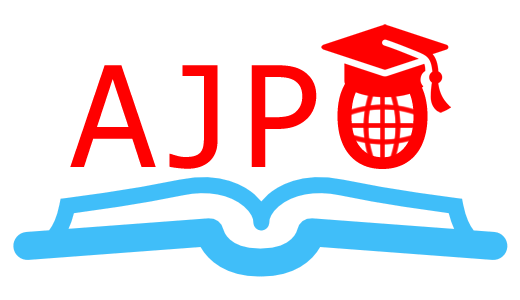Are you a researcher on a quest to share your valuable findings with the world. You have probably spent months or even years conducting meticulous research, and now it’s time to publish. But here’s the catch—there’s a wild world out there, filled with predatory journals ready to pounce on unsuspecting authors. Did you know that, as of 2017, over half a million articles were published in predatory journals? With such a staggering number, how can you steer clear of these publishing pitfalls? So, how can you tell the difference between a reputable journal and a predatory one? How can you safeguard your research and reputation?
1. Check the Journal’s Reputation

To begin your journey, investigate the journal’s reputation. Is it indexed in reputable databases like PubMed, Scopus, Google Scholar, SLICIT, or Web of Science? A significant number of predatory journals are not indexed in these databases. Additionally, consider looking up the journal’s impact factor if available. This information can be a strong indicator of the journal’s legitimacy.
2. Scrutinize the Peer-Review Process

The peer-review process is the cornerstone of credible journals. Predatory journals often claim to have peer review but may conduct it poorly or not at all. Check if the journal provides clear information about its peer-review process and the qualifications of its reviewers. If something seems vague or suspicious, proceed with caution.
3. Evaluate the Editorial Board

A reputable journal typically has a distinguished editorial board composed of experts in the field. Look up the names and credentials of the editorial board members. If you find that the board members have little to no academic credibility or are not associated with the journal’s field, it could be a red flag.
4. Assess Publication Fees

Predatory journals often lure authors with low or no publication fees. While reasonable fees can be acceptable, excessively low fees might be a sign of a predatory journal. Reputable journals usually have transparent information about their publication charges. In the vast and sometimes treacherous landscape of academic publishing, avoiding predatory journals is crucial for maintaining the integrity of your research and your scholarly reputation. By diligently researching the journal’s reputation, scrutinizing the peer-review process, evaluating the editorial board, and assessing publication fees, you can significantly reduce the risk of falling victim to predatory practices. Remember, your research deserves to be published in a reputable and respected journal like AJPO journal that will give it the recognition it deserves. With these guidelines, you can confidently navigate the jungle of academic publishing and ensure that your valuable work finds its rightful place.
